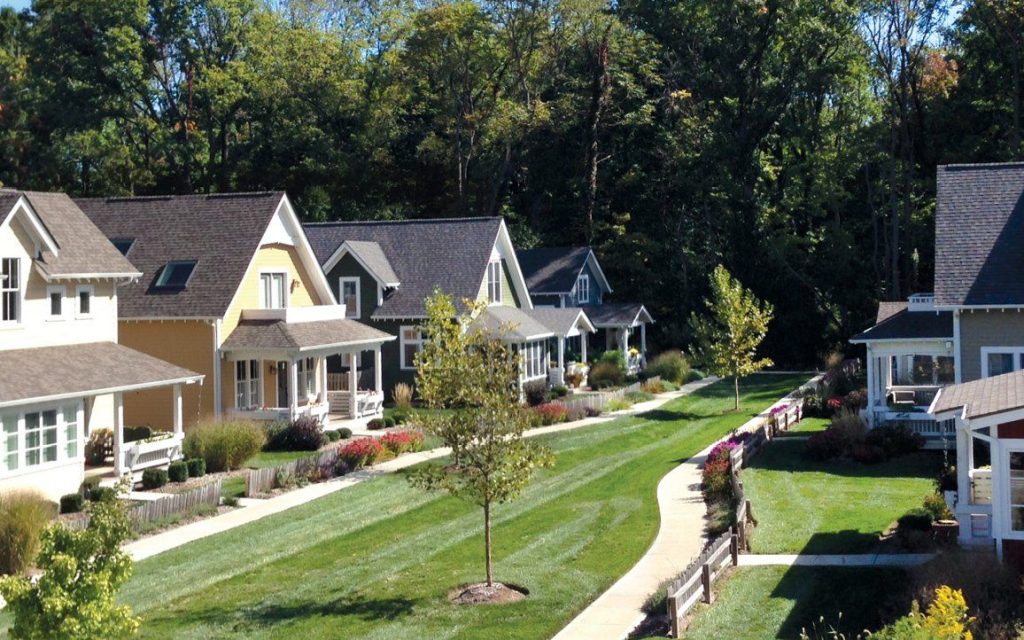
How to Get Rid of a Dead Tree in Your Yard: A Step-by-Step Guide

A dead tree in your yard can be more than just an eyesore. It poses safety risks, attracts pests, and can cause damage to your property if it falls. Removing a dead tree might seem daunting, but with the right approach, you can handle it effectively. Here’s a guide on how to safely get rid of a dead tree in your yard.
1. Evaluate the Tree’s Condition
Before you jump into removing the tree, assess its condition to determine if you can do it yourself or if you need professional help:
- Size and proximity: If the tree is small or medium-sized and isn’t close to buildings or power lines, you may be able to handle it on your own.
- Rot and decay: If the tree is severely decayed or has unstable limbs, it might be unsafe to remove without expert assistance.
- Leaning or splitting: If the tree is leaning or has visible cracks, this increases the risk of falling unpredictably, so hiring a professional is often the safest option.
2. Check Local Regulations
Before you start cutting, check with your local government or homeowner’s association:
- Permits: Some areas require permits for tree removal, especially if the tree is large or in a protected zone.
- Tree removal ordinances: Certain communities have regulations about tree removal, especially if it’s near public property or roadways.
3. Gather the Right Tools
If you decide that you can safely remove the tree yourself, make sure you have the proper equipment:
- Chainsaw or hand saw: Use a chainsaw for larger trees and a hand saw for smaller ones.
- Safety gear: This includes protective eyewear, gloves, a hard hat, and sturdy boots to protect yourself during the removal process.
- Ladder: For trees that are taller than you, you’ll need a ladder to reach higher branches.
- Rope: Secure the tree and control its fall, especially if you’re worried about it falling in a certain direction.
4. Cut Off Branches First
Start by removing the branches before cutting down the main trunk. This will:
- Reduce weight: Making the tree lighter reduces the risk of uncontrolled falls.
- Clear obstacles: Removing branches makes it easier to safely work on the trunk.
- Ensure control: Use a ladder and hand saw for higher branches, cutting them off in manageable sections. Be mindful of which way the branches are leaning, as they can fall quickly once cut.
5. Fell the Tree Safely
Once the branches are cleared, it’s time to bring the tree down. Follow these steps:
- Plan the fall direction: Determine which way you want the tree to fall, ideally in a clear, open space away from structures, power lines, or other trees.
- Make a notch cut: On the side where you want the tree to fall, make a 45-degree angle cut about one-third into the tree. This helps guide the fall.
- Create a back cut: On the opposite side of the notch, make a horizontal cut slightly above the notch. This should cut through most of the tree, causing it to start falling.
- Step back quickly: Once you hear the tree start to crack and fall, step back at a 45-degree angle away from the direction of the fall for safety.
6. Remove the Stump
After the tree is down, you’ll need to deal with the stump. There are a few options depending on your preference:
- Stump grinding: You can rent a stump grinder to remove the stump by chipping away at it. This is one of the quickest methods.
- Digging it out: For smaller trees, you can dig around the stump and cut the roots, then remove it manually.
- Chemical stump removal: Apply stump removal chemicals that accelerate the breakdown of the wood. This process takes several weeks but requires less physical effort.
7. Clean Up the Area
With the tree removed, the final step is cleaning up your yard:
- Dispose of branches and wood: Cut larger pieces of wood for firewood or arrange for disposal. Check if your local waste management service offers tree disposal or mulch services.
- Fill in the hole: If you dug out the stump, fill the hole with topsoil and level it off to match the surrounding yard.
- Replant or landscape: If desired, you can plant a new tree in the same spot or use the space for new landscaping projects.
8. Consider Hiring a Professional
For large trees or those near power lines or structures, it’s often best to hire a professional arborist or tree removal service. Professionals have the expertise and equipment to handle large, potentially dangerous trees safely. While this comes with a cost, it’s worth avoiding the potential risk of injury or damage.
Final Thoughts
Removing a dead tree can greatly improve the safety and appearance of your yard. Whether you tackle the project yourself or hire a professional, make sure to take all necessary precautions to ensure a smooth, safe process. With the tree gone, you’ll also have new opportunities to reimagine your outdoor space!





